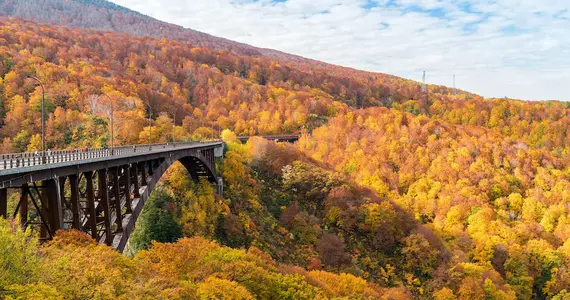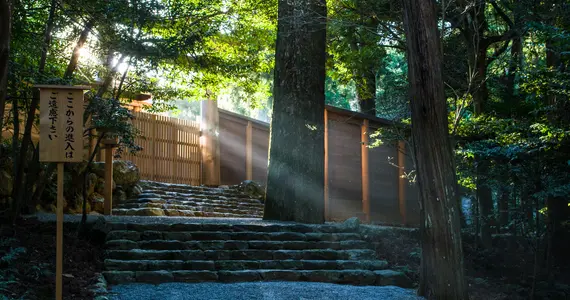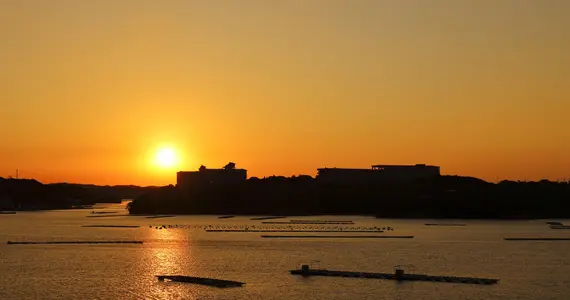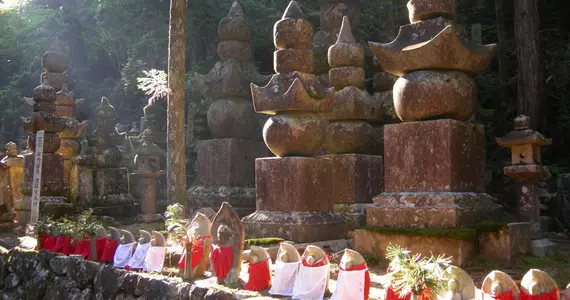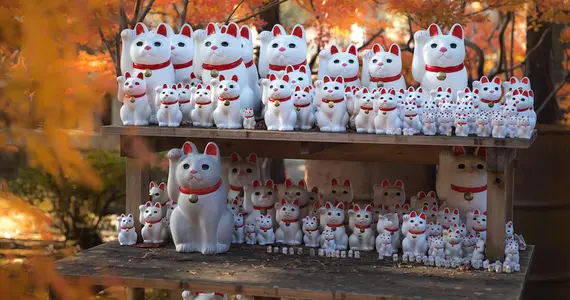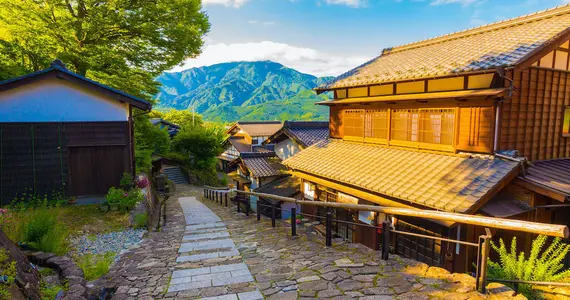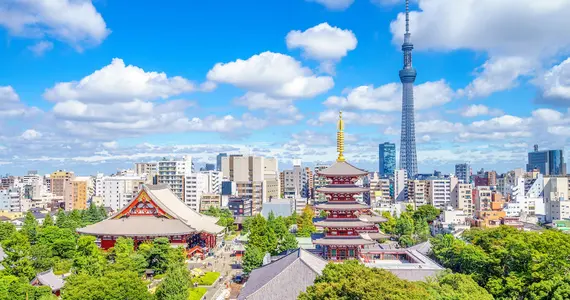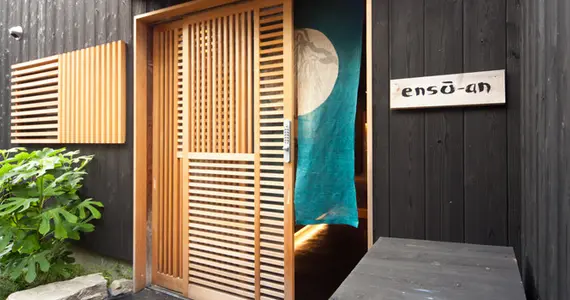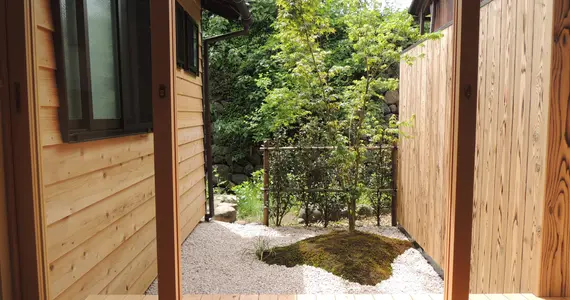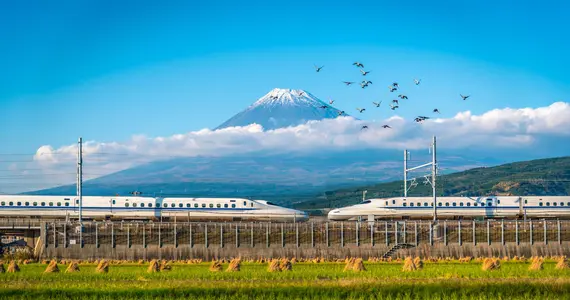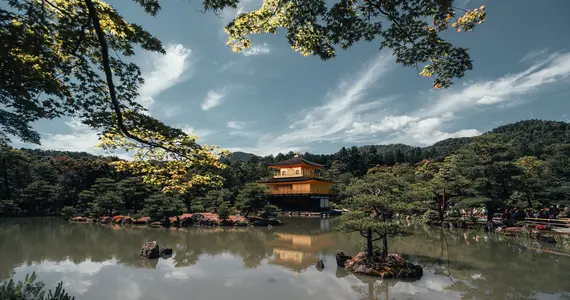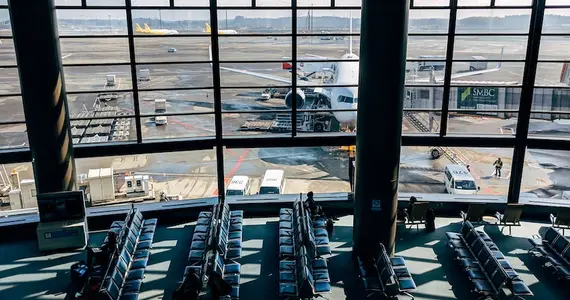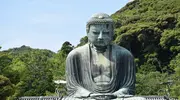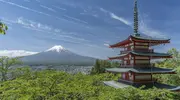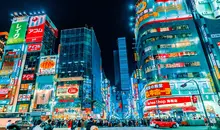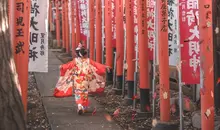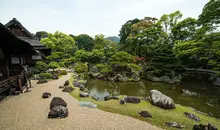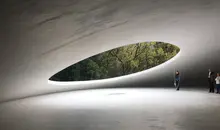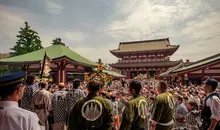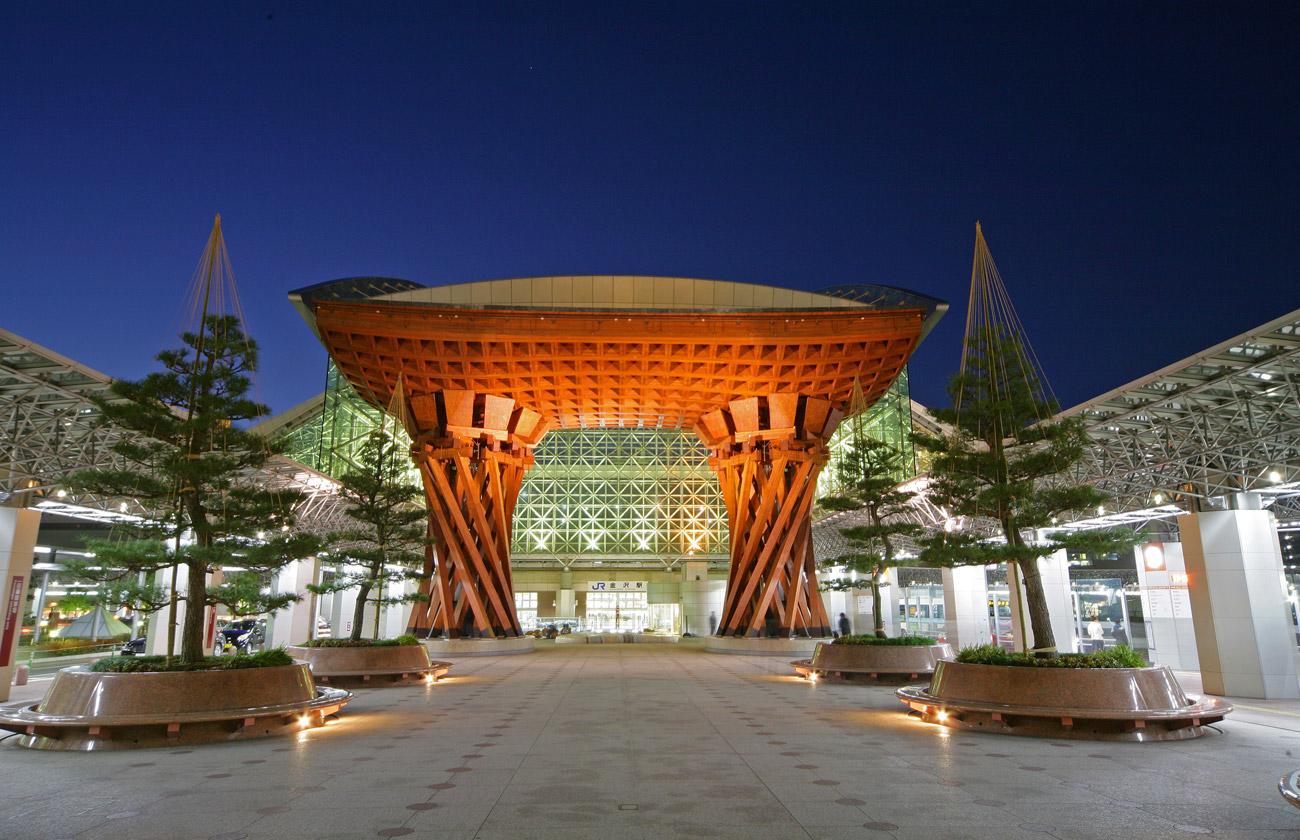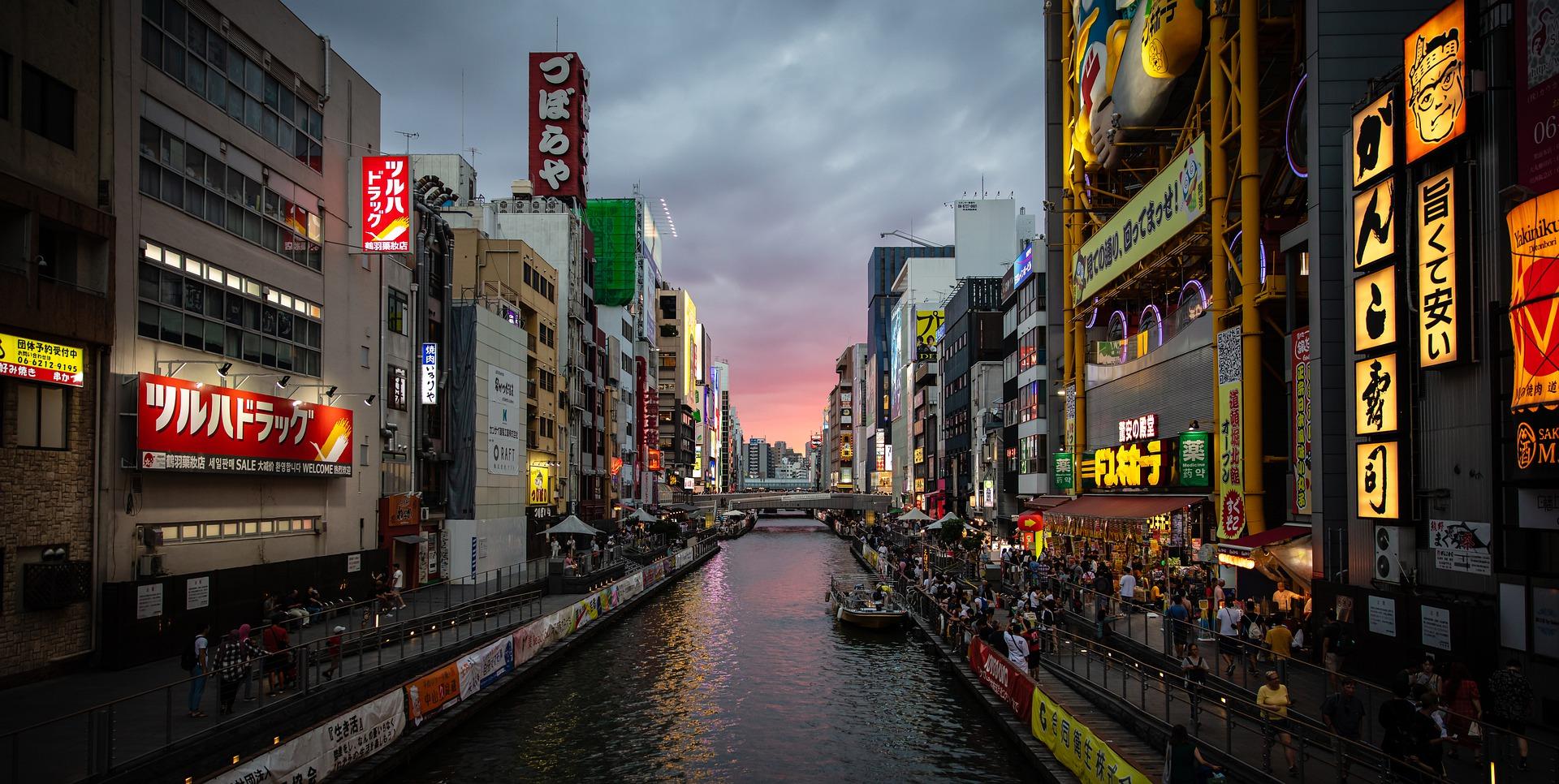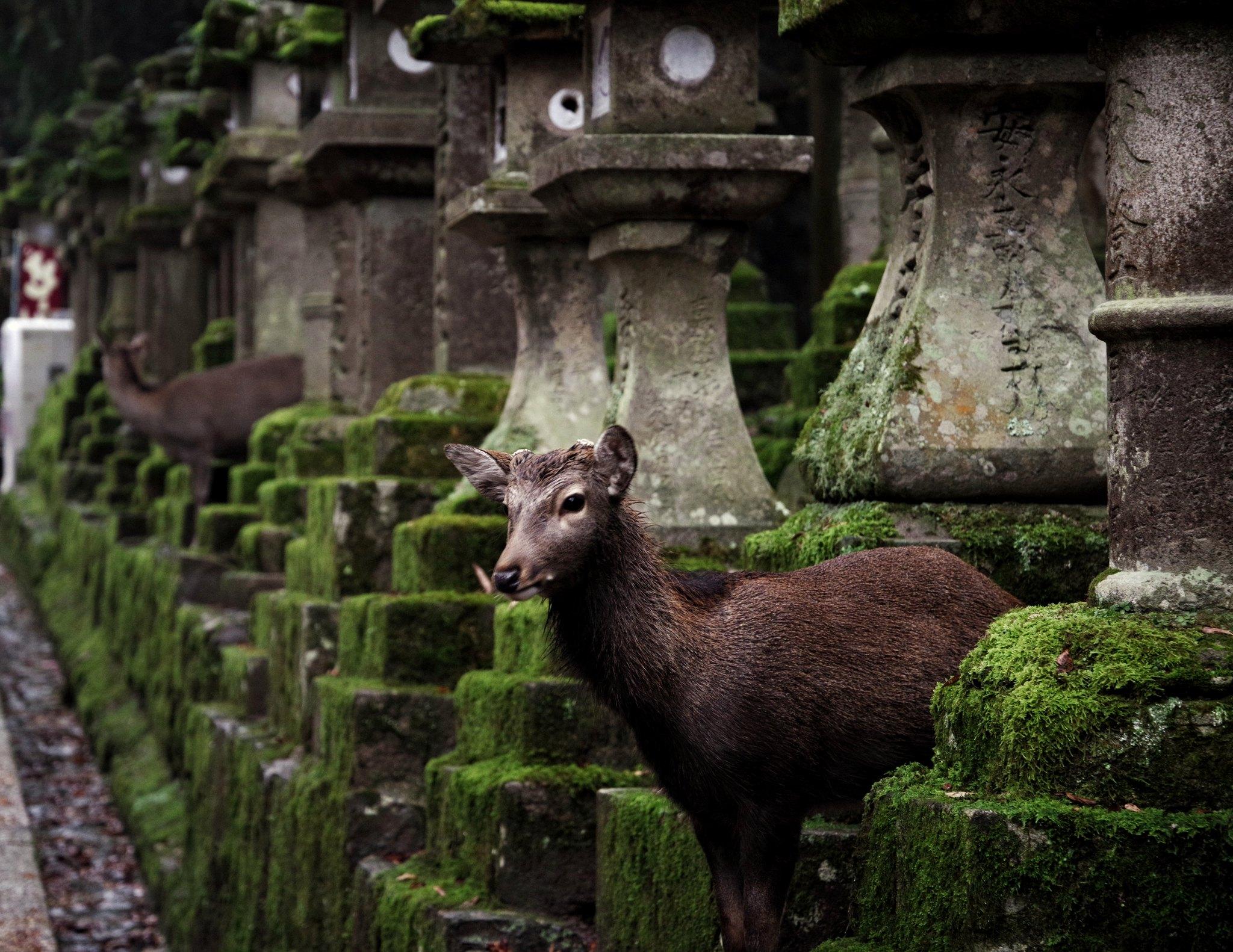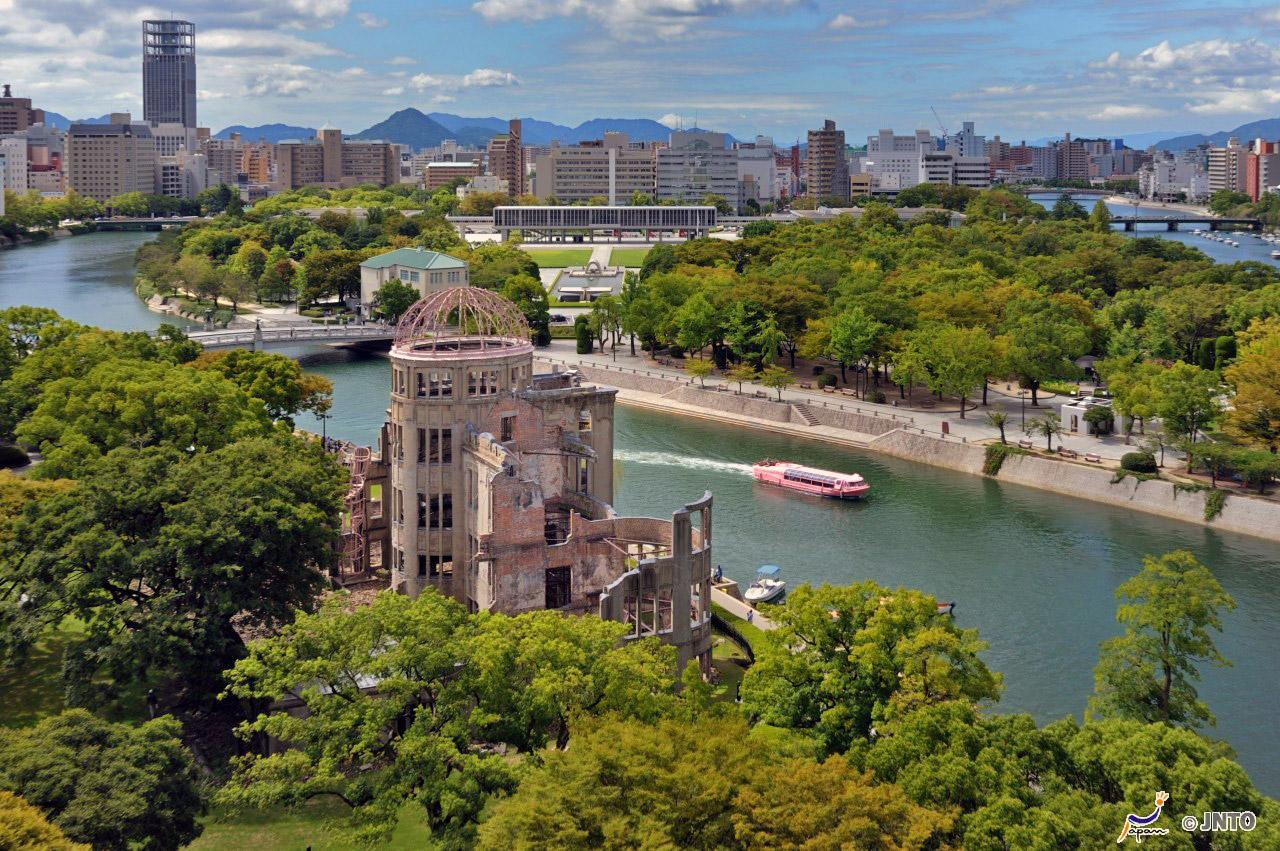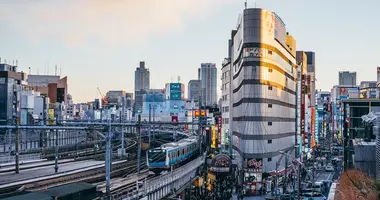Japan Experience, far more than a trip
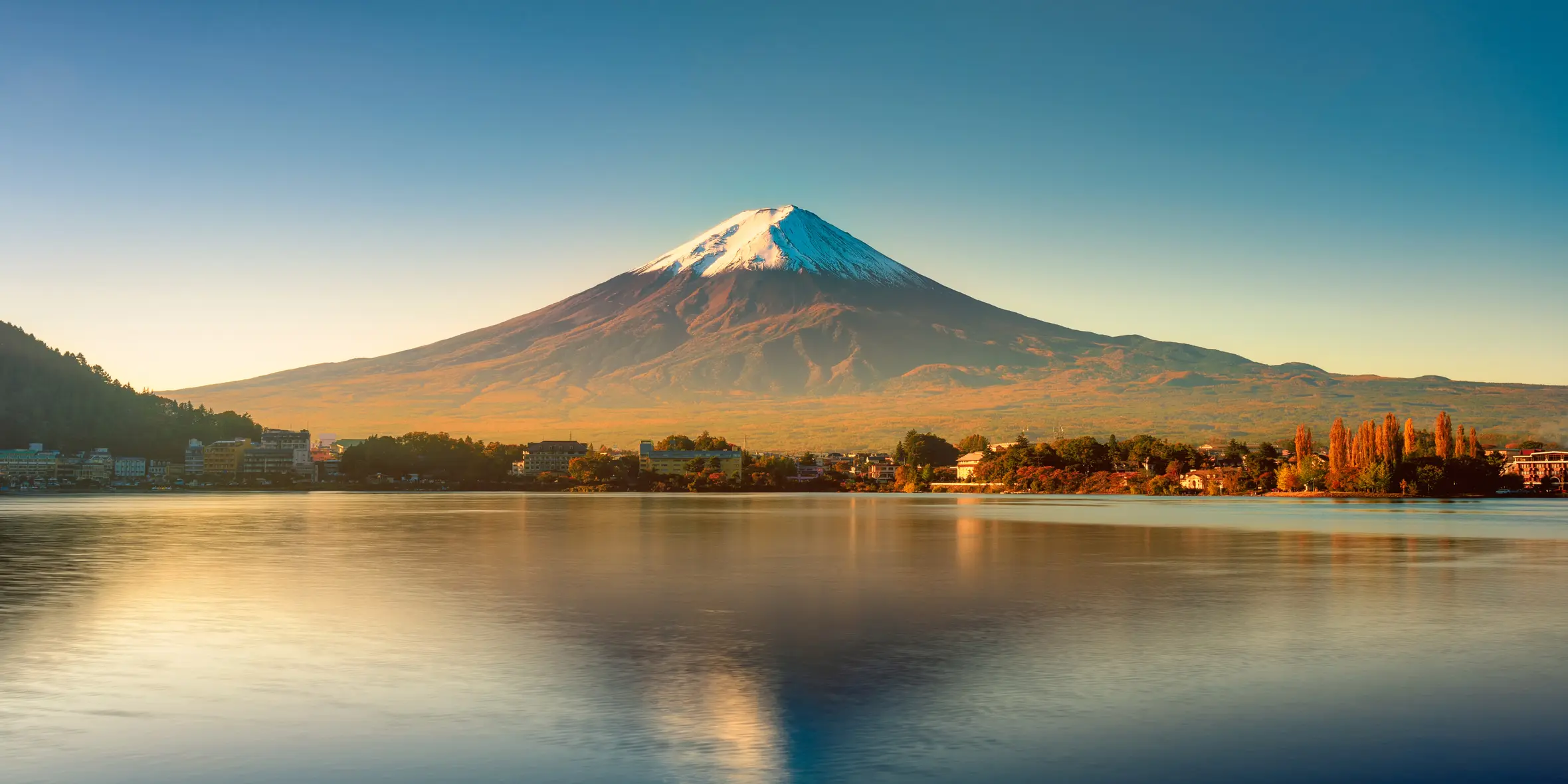
The Leading Japan Travel Specialist
Trusted by more than 300,000 travelers each year
Direct Assistance and Support
Our team of passionate individuals works with you directly, no intermediary needed
A trip made just for you
All of your Japan travel essentials in one place
Japan Experience, travel specialist to Japan since 1981
Travel specialist to Japan since 1981
Japan Experience offers you travel packages that adapt to your desires while offering an immersion in the Japanese culture and daily life.
Our unique and diverse catalog adapts to your desires: Japan Rail Pass, tours, accommodation, activities, car rentals, and various travel products. Japan Experience accompanies you on every aspect of your stay anchored by 40 years of experience and our knowledgeable passionate travel advisers.
2025 Osaka World Expo
From April 13th to October 13th, 2025, Osaka hosts the 32nd edition of the World Expo. For this unmissable international event, the chosen theme is "Designing the society of the future and imagining our life of tomorrow".
To find out more about the upcoming program, how to buy your tickets online or create a tour around the 2025 Osaka World Expo, read our articles below!
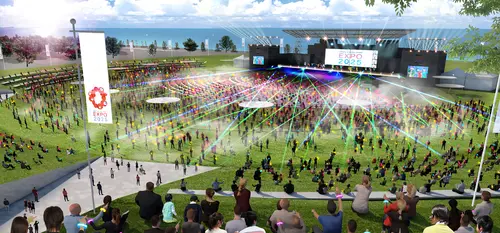
@Expo 2025
Our tours in Japan
It is time to explore Japan!
Japan Experience offers unlimited vacation possibilities to explore Japan. Our tours are the best way to ensure that you do not miss seeing any of the highlights of Japan.
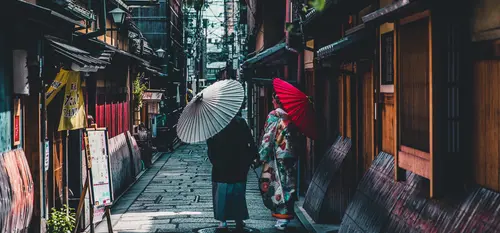
© Andre Benz, Unsplash
Our top recommendations
Our latest articles
Discover our latest articles and news to know everything about Japan
Explore Japan your way
Discover Japan through our different travel themes
Find your ideal destination
The best cities to explore for your next trip to Japan
Popular cities Choose a city
Tokyo
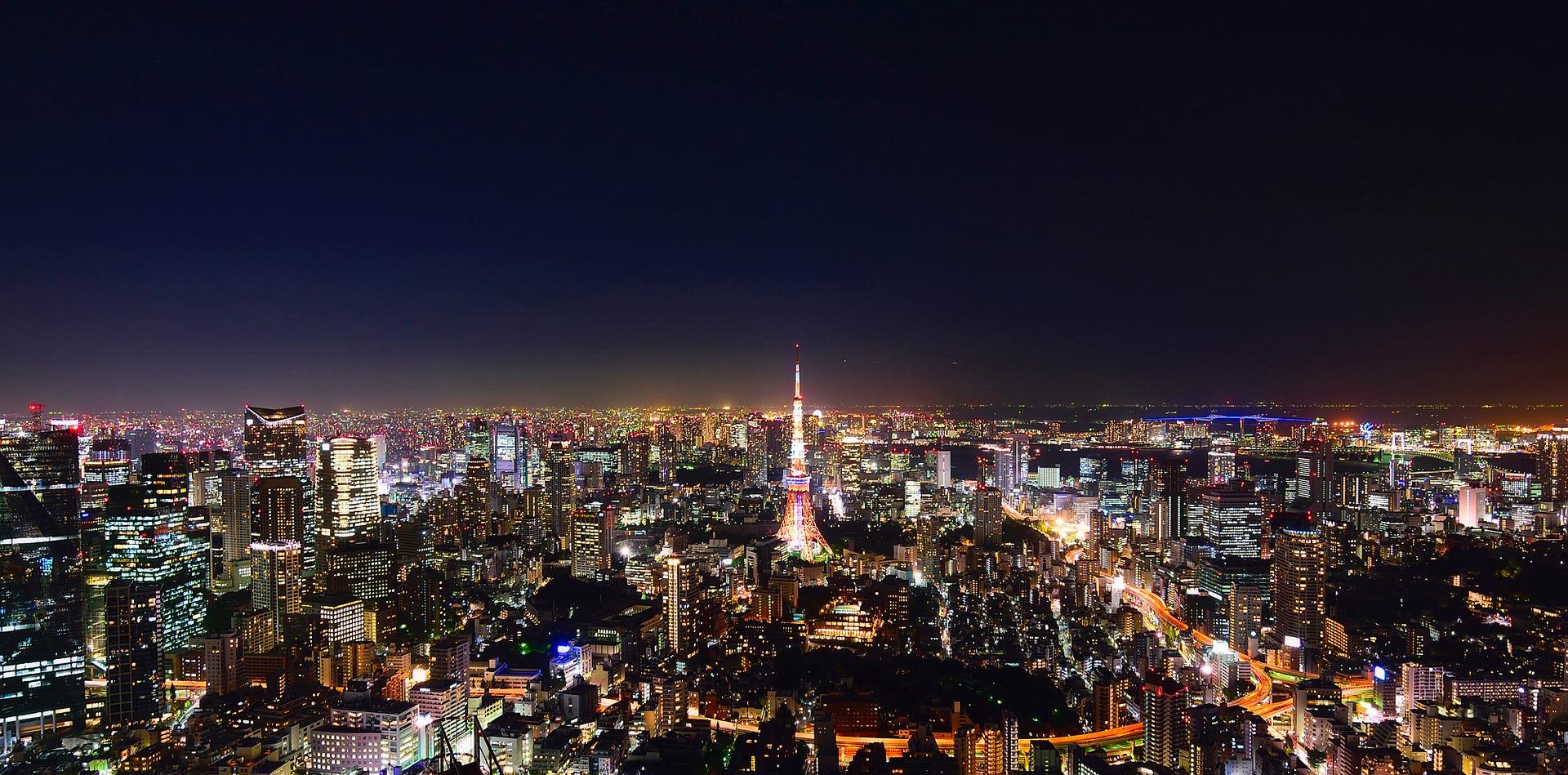
Find all you need to know about Tokyo, Japan's bustling capital: Tokyo area guides, Tokyo parks, Tokyo museums and the city's restaurants and bars.
Explore Tokyo- Tokyo
- Kyoto
- Kanazawa
- Osaka
- Nara
- Hiroshima
- Takayama
- Takamatsu
- Kobe
Discover all of our products to travel in peace
What our customers say about us
Your opinion is important
Contact our experts for tailor-made advice
Our travel advisors are standing by to organize your trip to Japan!
30 rue Sainte Anne
75001
Paris
France
Open Monday to Saturday from 10am to 7pm
Closed: Sundays and public holidays-
